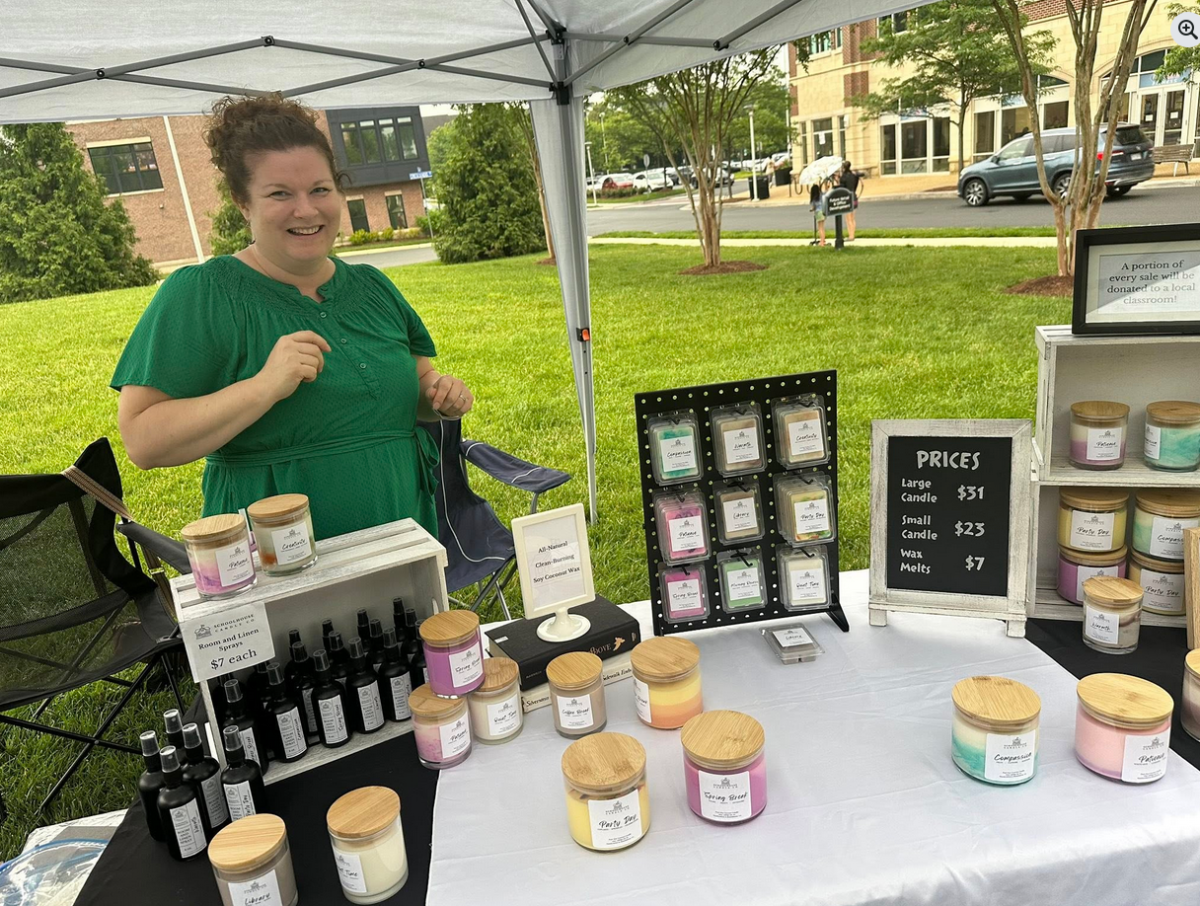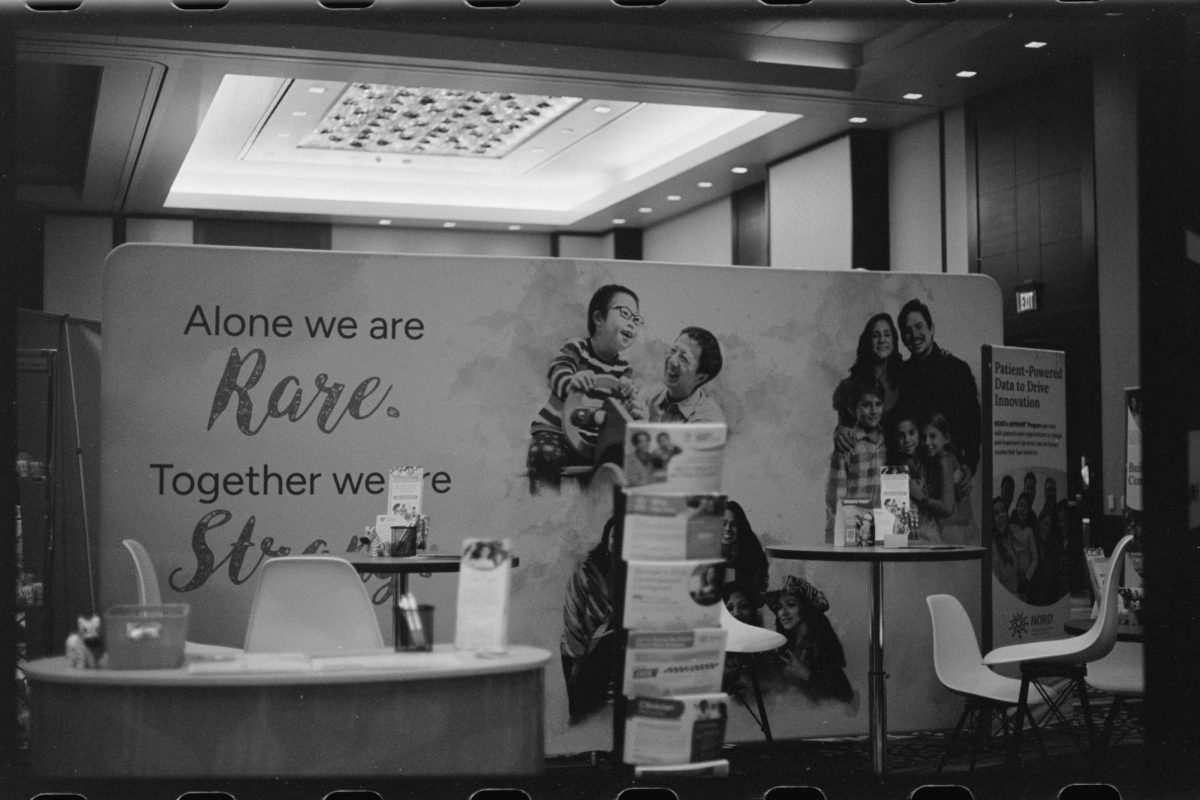For chemistry teacher Whitney Keaton, her love for experimenting with different materials, conditions, and temperatures translated into a natural passion and affinity for making candles. That is why she began to enjoy creating small, scented candles in her spare time to give away as gifts or simply keep for herself.
But now, candle-making is no longer a mere hobby for Keaton. After making it her New Year’s resolution this January, Keaton transformed her pastime into Schoolhouse Candle Company, a small business that sells candles, wax melts, as well as room and linen sprays.
“Just for fun, this was before I actually created my LLC or anything, I would get on Canva and just play around with what a fun logo might look like or just started coming up with different names for the scents,” Keaton said.
Each of Keaton’s products is marketed toward teachers, and her candles have scents reminiscent of various school-centered events and activities like spring break or morning recess. Once she starts making a more substantial profit, Keaton also plans to donate a portion of every sale to a local classroom.
Currently, Keaton sells only to in-person customers within her area in Virginia, but she is gradually expanding her social media presence and eventually hopes to conduct online sales as well. Recently, some of her products were purchased by Schoolhouse Earth, a separate store in Maryland that she frequently visits with her family when on vacation.
Keaton finds that the process of creating new candles mirrors the experimental scientific process she knows and loves as a chemistry teacher.
“It’s been kind of fun, saying, ‘Well, what if I pour this one at this at, you know, 60 degrees Celsius, and I try another one at 80 degrees Celsius, what is that going to do to the way it appears through the jar or the smoothness of the top of it?’” Keaton said.
Her background in science also allows Keaton to easily understand the underlying concepts of the candle-making process. As she watches tutorials to learn new techniques, Keaton often identifies the science explaining the phenomena that she observes. For example, she relates the creation of sinkholes, or dents in the candle wax, to the kinetic molecular theory, an idea from chemistry that connects molecular motion to the temperature of a substance.
“That [kinetic molecular theory] is exactly what’s happening there, when something is poured at the wrong temperature or it cools too quickly, it’s going to not have that nice smooth appearance… and that’s a concept we talk about in chemistry all the time,” Keaton said.





